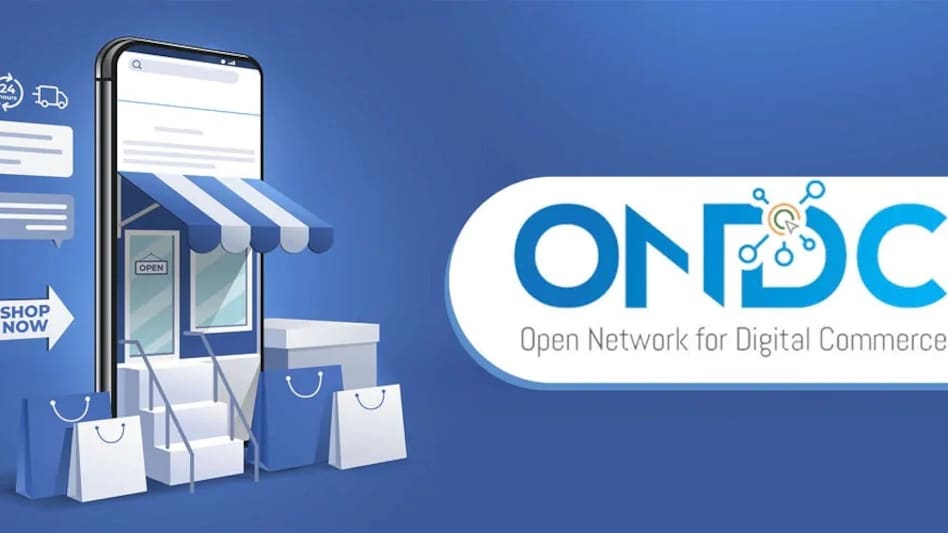 ONDC emphasises the need for policy reforms to unlock the sector’s full potential.
ONDC emphasises the need for policy reforms to unlock the sector’s full potential.
 ONDC emphasises the need for policy reforms to unlock the sector’s full potential.
ONDC emphasises the need for policy reforms to unlock the sector’s full potential.The Open Network for Digital Commerce (ONDC) has released a whitepaper titled “Driving Digital Inclusion — Open Network and New Business Models in Mobility Apps”, aimed at reimagining India’s urban mobility landscape. The report sheds light on the challenges plaguing the current ride-hailing ecosystem and outlines innovative solutions for creating a more equitable, driver-friendly, and customer-centric industry.
The whitepaper identifies key issues with traditional aggregator-driven models, highlighting the financial strain on drivers due to high platform commissions and the lack of social security. According to the study:
These challenges, the paper notes, hinder economic growth, reduce driver incomes, and limit opportunities for inclusive development.
The whitepaper advocates for open network models, such as Zero Commission Software-as-a-Service (SaaS) platforms, as a transformative solution. By eliminating platform commissions, drivers can retain 100% of their earnings, potentially increasing their annual income to Rs 5.86 lakh before expenses — a 30% boost over current levels. For India’s 15 lakh drivers, this model could collectively add Rs 20,475 crores annually to their incomes.
A zero commission model doesn’t charge a commission per ride however, a subscription fee is applicable.
The additional income for drivers is expected to fuel significant economic benefits. Increased spending on housing, education, healthcare, and nutritious food by driver households could:
With over 38 crore ride-hailing users projected by 2029 and an expected sector revenue of $11.64 billion, the online ride-hailing industry is poised for substantial growth. However, ONDC emphasises the need for policy reforms to unlock the sector’s full potential. Proposed measures include clarifications on GST frameworks, which could boost net tax revenues by Rs 54.5 crore to Rs 1,152 crore annually (considering number of drivers to be 15 lakh), while fostering fairness and inclusivity.
The report underscores the importance of digitisation in driving transparency and accountability. According to ONDC, Open networks can simplify compliance, encourage digital adoption, and create an ecosystem that benefits all stakeholders, including drivers, customers, and policymakers.
For Unparalleled coverage of India's Businesses and Economy – Subscribe to Business Today Magazine